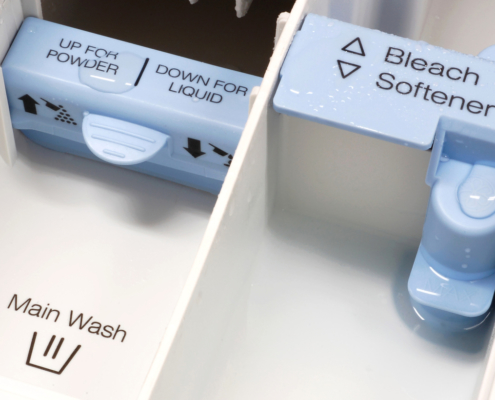“Overlooking the Obvious”
DIY Inspection Can Be Performed by Anyone to Identify Issues with Homes That Are Deal Breakers
Families will breathe up to 90% of their air in your home. For most people, it is also their most significant investment, It is worth learning and having a few useful tools. You can buy all of these for $100.



